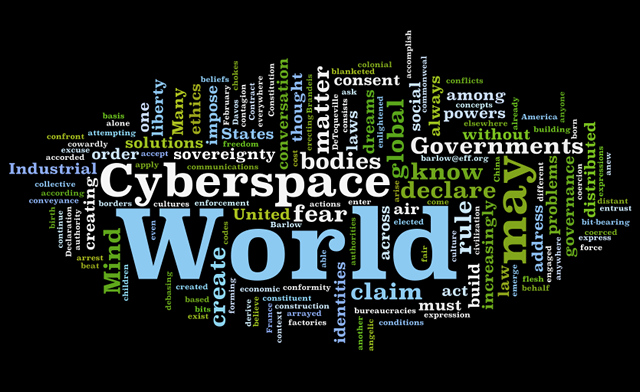Navigating cyberspace

 Lovemore Ranga Mataire The Reader
Lovemore Ranga Mataire The Reader
The advent of Internet has completely transformed the way human beings interact, socialise and transmit messages in real time. While in the past people used to communicate through wired telephone lines or the post-office, these channels of communication have gradually been rendered relics of a bygone era. Physical distance is no longer a barrier to instant
communication as people across the globe converse and transmit messages through a virtually unregulated platform called the Internet or more aptly the social media.
But the Internet has also come with its own vagaries. Terrorists groups need no physical recruitment as the social media offers a convenient platform for disseminating of bigotry and inflammatory hate messages that find space within the impressionable minds of thousands people who are solely dependent on the mediated knowledge.
In “Cultures of Internet: Virtual Spaces, Real Histories, Living Bodies” edited by Rob Shields, the issue of the Internet is examined from different social and intellectual backgrounds by an array of contributors. The book is an essential tool needed to navigate the complex contours of the Internet which today can now be accessed at the click of a button on a mobile phone or a computer.
The richness of the book not just derives from the varied backgrounds of its contributors but also the expertise of its editor, Shields. Shields is a lecturer in Culture and Communications and an Associate Professor of Sociology and Anthropology. He is also the author of “Places of the Margin” (1990), and “Lifestyle Shopping” (1993) and co-editor of “Social Engineering: The Technics of Change” (1995).
In the introduction, Shields contends that there are many issues concerning the computer-mediated public sphere which currently exists through the Internet. Giving a historical context to the emergence of the Internet, Shields says it evolved as a network of computers in public institutions allowing research between universities, hospitals and government establishments in United States.
He says the eventual spread of the Internet raised critical policy issues of access, privacy, copyright and regulation.
“It poses cultural problems as information is made available regardless of social and cultural boundaries and the policies of nation-states. Likened to a world of data and computerized interaction, Internet has been called the first true ‘cyberspace.’ With this it has raised questions concerning the nature of social interaction,” reads part of Shields introduction titled “Introduction: Virtual Spaces, Real Histories and Living Bodies”.
Another contributor, Leslie Regan Shade argues that it is no use talking about freedom of speech on the Internet as the information available goes beyond the confines of freedom of expression.
He argues that the introduction of electronic communications technologies has historically often been greeted with considerable moral consternation as it has been perceived as a threat to the sanctity of home, and encroachment of the public on to the private domain.
Andre Lemos goes further in explaining the dangers of the unregulated Internet space saying the social media has actually become some kind of prison — a labyrinth, which is some kind of enclosure formed of an inextricable network of passages of galleries furnished in such a way that once engaged within, no one can find the single escape except with difficulty.
Very few Internet users are unconscious of the addictive nature of social media, its hegemonic control of the mind, it’s disordering of primordial frame of reference and its effect in undermining political discourses especially in regards to issues of agency, action, territory, progress and development.
Instead of the Internet enhancing modernity, contributors to “Cultures of Internet: Virtual Spaces, Real Histories, Living Bodies” social media contributes to the breakdown of modernity. Their argument is that the advent of information technology complicates nations’ endeavour to protect the integrity of international borders when bits flow across them with total freedom or even tax their value or limit their content.
The old definition of space-time on which nation-based order rested is quickly becoming an ‘old environment’.







Comments